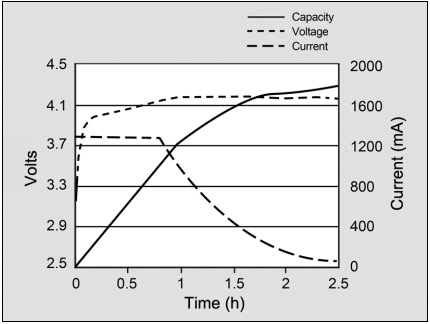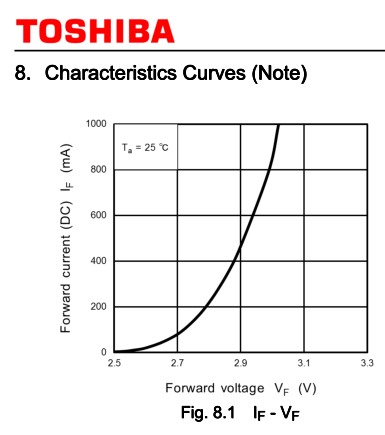edresch
New Member
Hello everyone,
I will work on a project with some students on small solar lanterns for rural electrification. My area of studies is actually batteries (I'm a process engineer), but somehow I get always involved in electrical engineering, since I'm working in the renewables field.
Anyways, my university has some small PV modules (amorphous 3 W 6 V Voc) and some small lead-acid batteries (6V 1.2 Ah) and also some high power WLED's. I would like to develop a project with a small number of students where they can create a small circuit to charge the battery / power the LED. I found already some circuits, but most of them use 12V panels. Should I connect my panels in series then? Or is there a way to use the 6V modules to charge the batteries?
Thank you very much!
I will work on a project with some students on small solar lanterns for rural electrification. My area of studies is actually batteries (I'm a process engineer), but somehow I get always involved in electrical engineering, since I'm working in the renewables field.
Anyways, my university has some small PV modules (amorphous 3 W 6 V Voc) and some small lead-acid batteries (6V 1.2 Ah) and also some high power WLED's. I would like to develop a project with a small number of students where they can create a small circuit to charge the battery / power the LED. I found already some circuits, but most of them use 12V panels. Should I connect my panels in series then? Or is there a way to use the 6V modules to charge the batteries?
Thank you very much!



